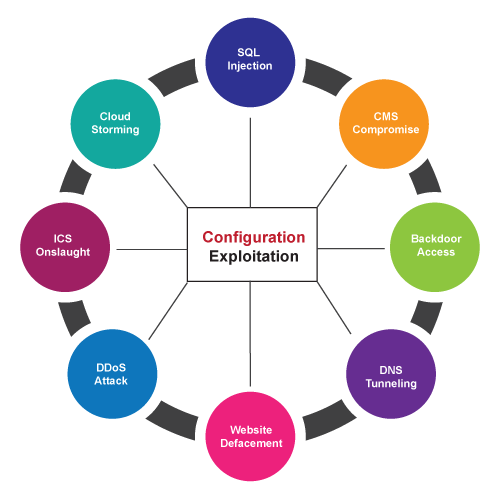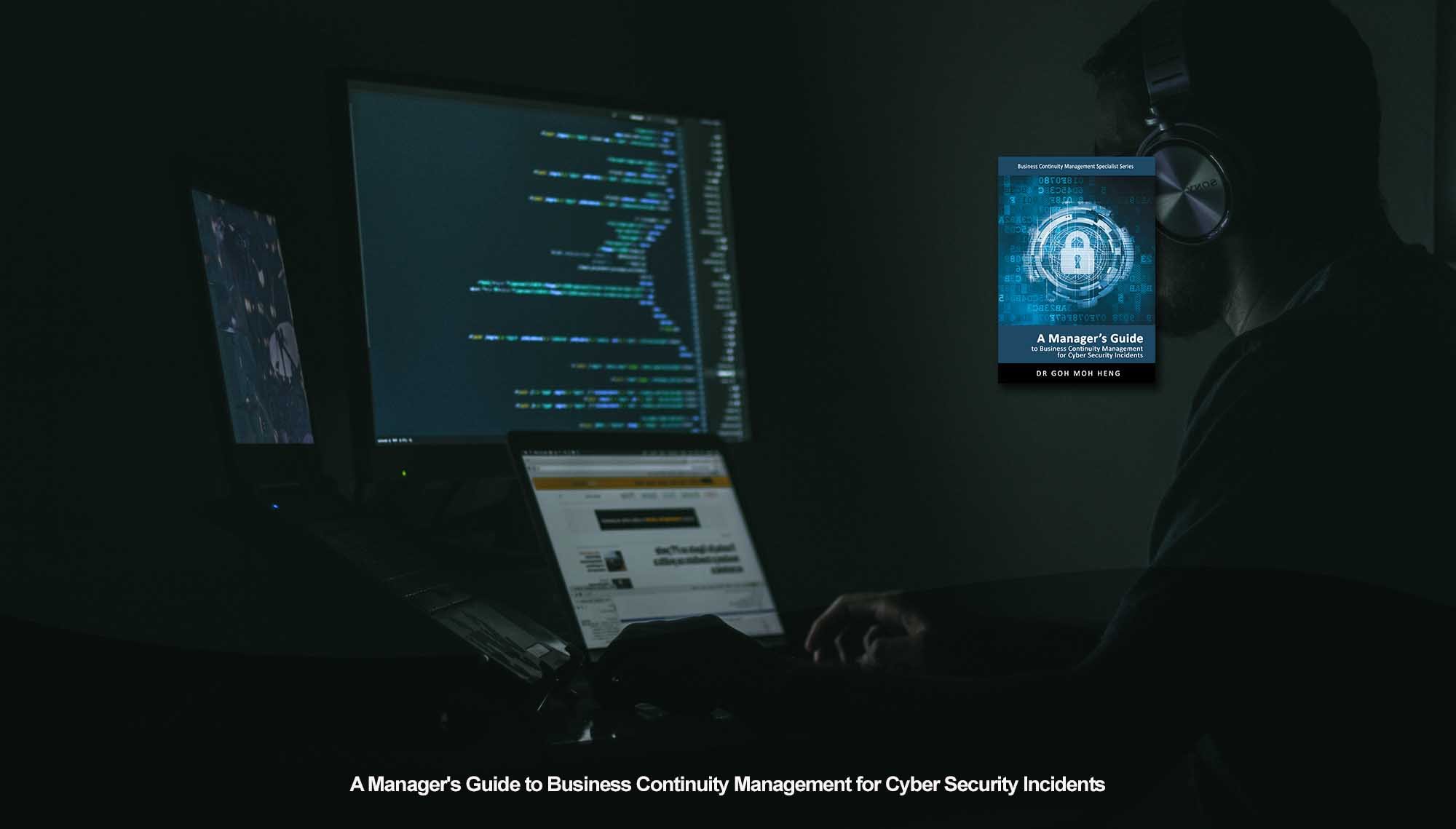Risk Treatment
 |
The risk treatment summarized by Verizon (2017) surveys for the following cybersecurity risk is as appended below:
|
 |
Threats Resulting from Configuration Exploitation

Risk Treatment Strategy for Configuration Exploitation
|
S/No |
Threat Scenario |
Risk Treatment |
Description of Risk Treatment/ Control | |
|
Accept (A) |
Mitigate /Reduce (MR) |
|||
|
15 |
SQL Injection |
- |
✓ |
|
|
16 |
CMS Com-promise |
|||
|
17 |
Backdoor Access |
- |
✓ |
|
|
18 |
DNS Tunneling |
- |
✓ |
|
|
19 |
Website Deface-ment |
- |
✓ |
|
|
20 |
DDoS Attack (Scenario 20) |
✓ |
- |
|
|
- |
✓ |
|
||
|
21 |
ICS Onslaught |
✓ |
- |
|
|
- |
✓ |
|
||
|
22 |
Cloud Storming |
- |
✓ |
|
Risk Treatment Strategies for “Configuration Exploitation” Threats
CIR Risk Treatment Strategies
|
Risk Treatment Strategy |
The Human Element |
Conduit Devices | Config-uration Exploitation |
Malicious Software |
Back To: Overview of RAR and BIA |
|
|
|
 |
 |
 |
 |
Do You Want to Continue BCM Training onsite or online?
Goh, M. H. (2017). A Manager's Guide to Business Continuity Management for Cyber Security Incidents, 2nd Edition. GMH Pte Ltd.
Reference: Chapter 6 Risk Analysis and Review and Business Impact Analysis 6.9 Risk Treatment
Note: This version was the draft 2nd Edition being updated by 2023. The numeric in the square bracket [X.X] cross-refers to the actual chapter and section in the 1st Edition.






![[BL-3-Catalog] What Specialist Level Blended Learning Courses that are Available?](https://no-cache.hubspot.com/cta/default/3893111/4b22a53c-6e3e-4b9e-8c2a-888423f1d26c.png)
![[BL-5-Catalog] What Expert Level Blended Learning Courses that are Available?](https://no-cache.hubspot.com/cta/default/3893111/fe175db3-7f57-4636-bf09-e9a836aa5478.png)


